ONTARIO – Toronto-based
First Cobalt Corp. has examined the mineralogies of samples from several historic mines it owns in the Cobalt camp 400 km north of Toronto. The company found high grade values and various styles.
[caption id="attachment_1003720289" align="alignleft" width="300"]
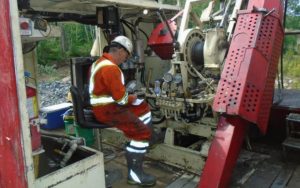 First Cobalt launched a 8,000-metre drilling program last August. (Credit: First Cobalt)
First Cobalt launched a 8,000-metre drilling program last August. (Credit: First Cobalt)[/caption]
The highest grade vein style mineralization was found in muck piles throughout the camp. Containing up to 9.22% cobalt and >5,300 g/t silver, First Cobalt considers them to be representative of historical ore production. The fact that the veins contain similar mineralization points toward using a consistent flowsheet for milling that ore.
Disseminated and fracture controlled mineralization such as that found in the Bellellen and Haileybury mines occurs in the same mineral phases. These, too, can be treating in one system, though their values are lower at 0.25% and 0.5% cobalt.
Historical mining in the Cobalt camp focused on recovering silver with cobalt as a by-product. Today the value of cobalt lies in its uses in new battery technologies and alternative energy generation, and that makes it more sought after today than silver. Moreover, the muck piles at the Bellellen mine are known to contain nickel and copper as well as cobalt and silver. First Cobalt says it would not dismiss the potential to recover the base metals as well.
First Cobalt now intends to go forward with bench-scale metallurgical studies to design a mill flowsheet for the vein material.
More details are available at
www.FirstCobalt.com.
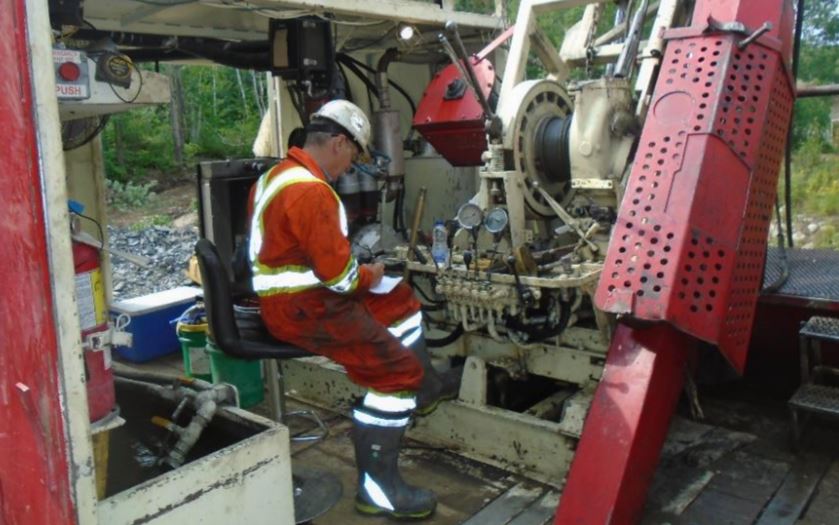
 First Cobalt launched a 8,000-metre drilling program last August. (Credit: First Cobalt)[/caption]
The highest grade vein style mineralization was found in muck piles throughout the camp. Containing up to 9.22% cobalt and >5,300 g/t silver, First Cobalt considers them to be representative of historical ore production. The fact that the veins contain similar mineralization points toward using a consistent flowsheet for milling that ore.
Disseminated and fracture controlled mineralization such as that found in the Bellellen and Haileybury mines occurs in the same mineral phases. These, too, can be treating in one system, though their values are lower at 0.25% and 0.5% cobalt.
Historical mining in the Cobalt camp focused on recovering silver with cobalt as a by-product. Today the value of cobalt lies in its uses in new battery technologies and alternative energy generation, and that makes it more sought after today than silver. Moreover, the muck piles at the Bellellen mine are known to contain nickel and copper as well as cobalt and silver. First Cobalt says it would not dismiss the potential to recover the base metals as well.
First Cobalt now intends to go forward with bench-scale metallurgical studies to design a mill flowsheet for the vein material.
More details are available at
First Cobalt launched a 8,000-metre drilling program last August. (Credit: First Cobalt)[/caption]
The highest grade vein style mineralization was found in muck piles throughout the camp. Containing up to 9.22% cobalt and >5,300 g/t silver, First Cobalt considers them to be representative of historical ore production. The fact that the veins contain similar mineralization points toward using a consistent flowsheet for milling that ore.
Disseminated and fracture controlled mineralization such as that found in the Bellellen and Haileybury mines occurs in the same mineral phases. These, too, can be treating in one system, though their values are lower at 0.25% and 0.5% cobalt.
Historical mining in the Cobalt camp focused on recovering silver with cobalt as a by-product. Today the value of cobalt lies in its uses in new battery technologies and alternative energy generation, and that makes it more sought after today than silver. Moreover, the muck piles at the Bellellen mine are known to contain nickel and copper as well as cobalt and silver. First Cobalt says it would not dismiss the potential to recover the base metals as well.
First Cobalt now intends to go forward with bench-scale metallurgical studies to design a mill flowsheet for the vein material.
More details are available at 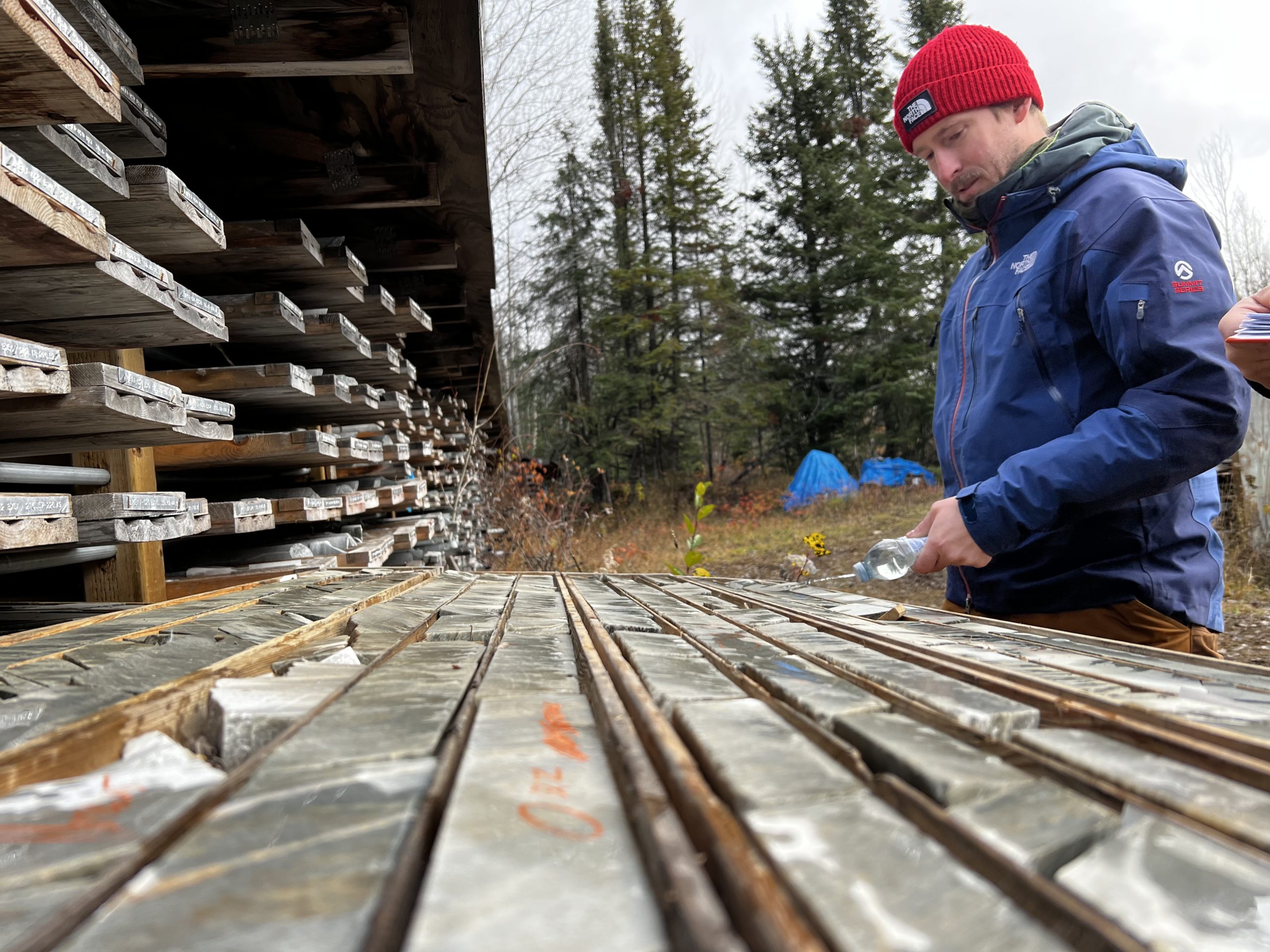
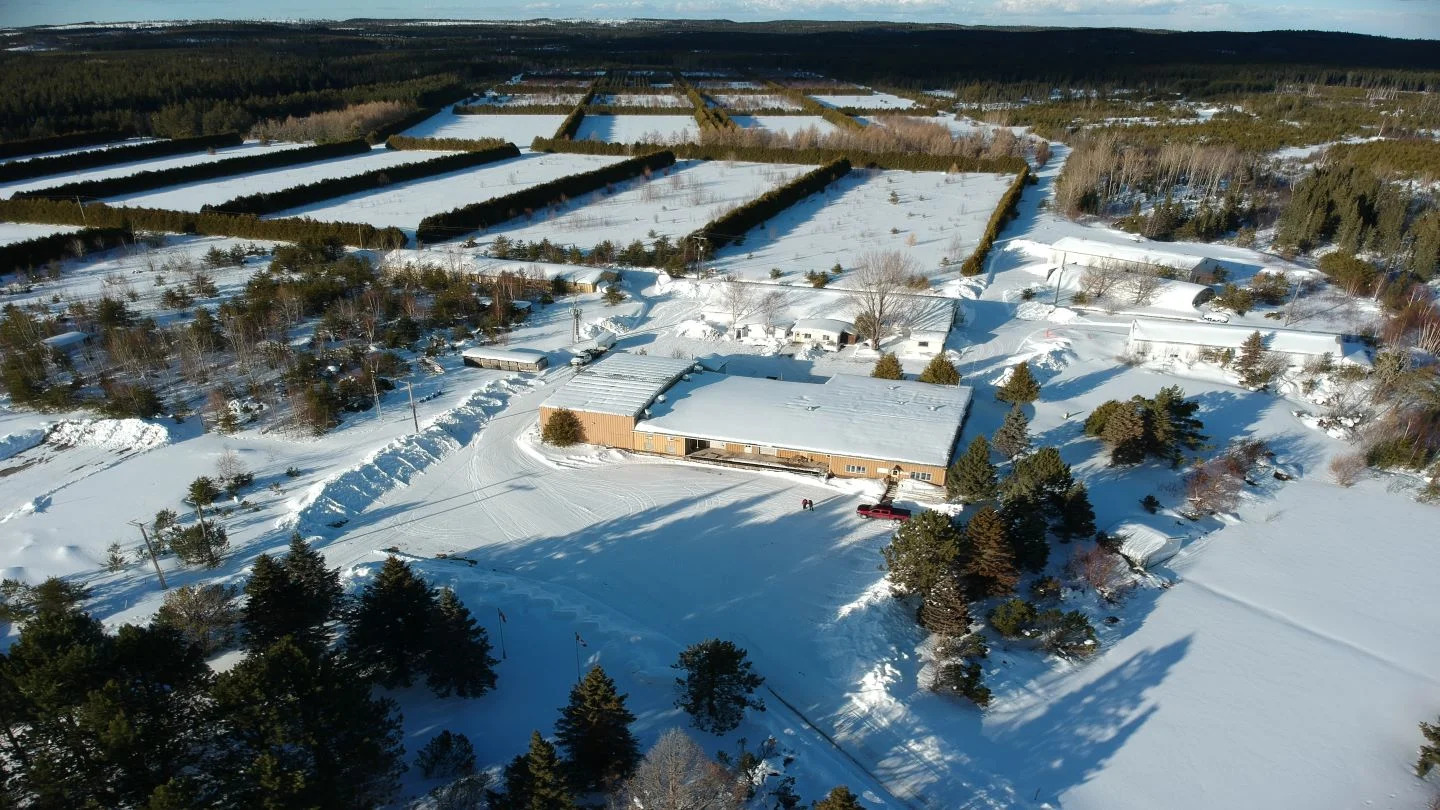


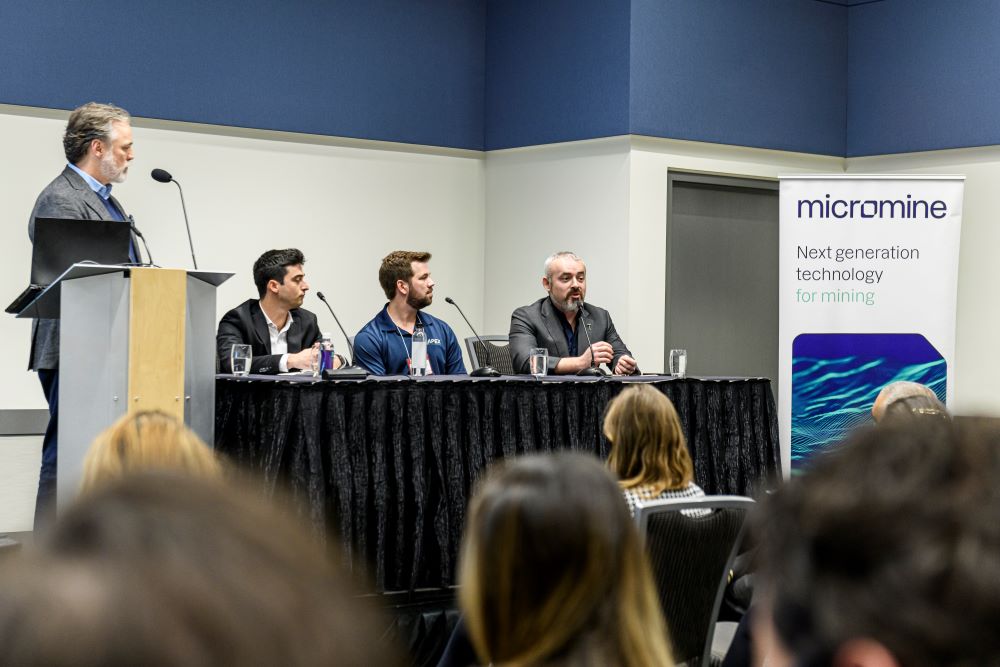
Comments